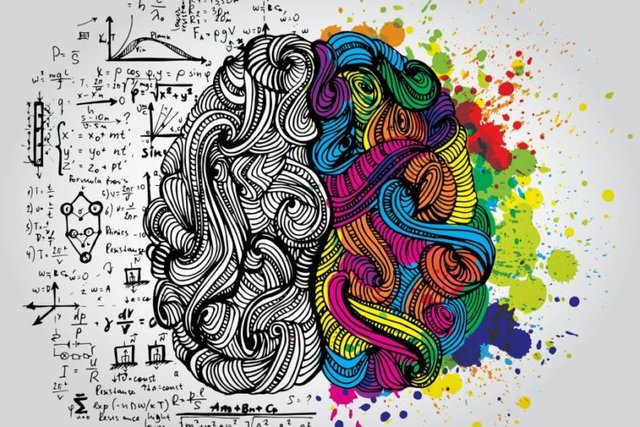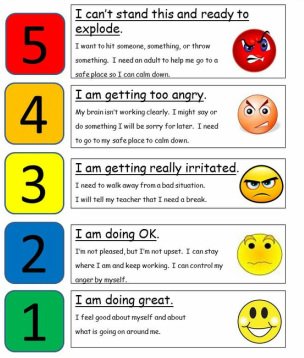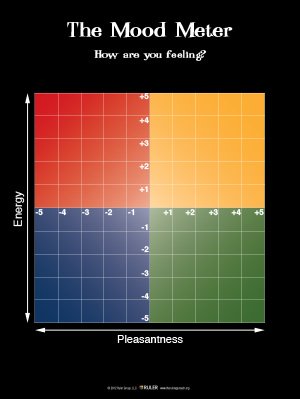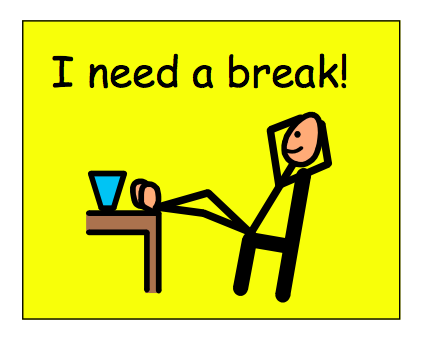Advocate4Autism #4 - Top 3 Tools for Self-Regulation/Emotional Intelligence in Individuals with Autism Spectrum Disorder (ASD)

ASD is a neurological disorder that significantly impacts communication, socialization, repetitive/restrictive behaviors, sensory integration, and SELF-REGULATION. Individuals with ASD have a range of abilities, which should always be analyzed through the veil of individualization. One important skill that impacts ALL people, not just individuals with ASD is self-regulation. Self-regulation can be conceptualized as the ability to recognize one's emotional state/energy level and behave accordingly based on the individual context. Often it is exceptionally challenging for individuals with ASD to independently self-regulate due to not only atypical brain structure, but also environmental variables. Thus, it is pivotal for individuals with ASD to systematically build this skill to increase the likelihood of future success in school and in the community. Here are the Top 3 Tools for harnessing self-regulation:
Tool #1: Feelings Thermometer

When learning about self-regulation it is important for individuals with ASD to visualize how they are feeling AND what to do next? The feelings thermometer is a tool that comes in many forms for a variety of skill levels, but the goal remains the same - teach self-regulation. If you can gauge how you are feeling throughout your day then there is an increased likelihood that you will be able to control your behavior.
Tool #2: Mood Meter

The Mood Meter is a self-regulation tool similar to the feelings thermometer, but more dynamic as it seeks to teach a synthesis of emotions and energy levels. The Mood Meter is a research based tool developed by the Yale Center of Emotional Intelligence. One of the main goals of the Mood Meter is to help build emotional intelligence and early literacy skills in elementary school students. The Mood Meter allows people to build emotional vocabulary through plotting words on the colored quadrant. This tool is an excellent fit for individuals with ASD who are seeking to build advanced self-regulation skills.

Tool #3: Break System

People with ASD are either ON SCHEDULE - ON BREAK or IN CRISIS. Undoubtedly, that can be said for all of us, but for people with ASD taking a break must be demystified.
It is important for people with ASD to not only know how they are feeling, but to also know how to take a break. Taking a break is especially important for individuals with ASD who have significant language delays. Break systems should always be individualized and coupled with feelings thermometer/mood meter tool. In addition, a break protocol should be developed and taught.
Questions to consider include:
Where do I take a break?, How long should I take a break?, How do I ask for a break at school?, and How do I know when I'm ready to get back on schedule?
It you thought this information was helpful please click follow and comment below. Thanks for your time and interest in spreading Autism Awareness!
keep up the good work!!
Congratulations @advocate4autism! You received a personal award!
You can view your badges on your Steem Board and compare to others on the Steem Ranking
Vote for @Steemitboard as a witness to get one more award and increased upvotes!